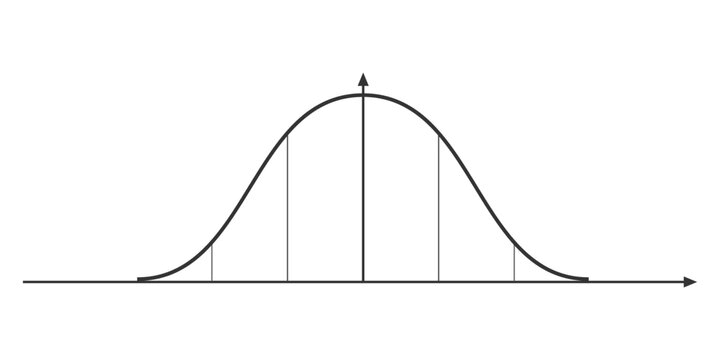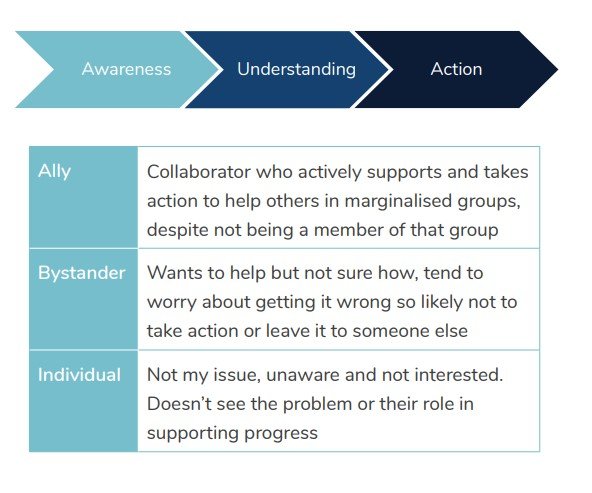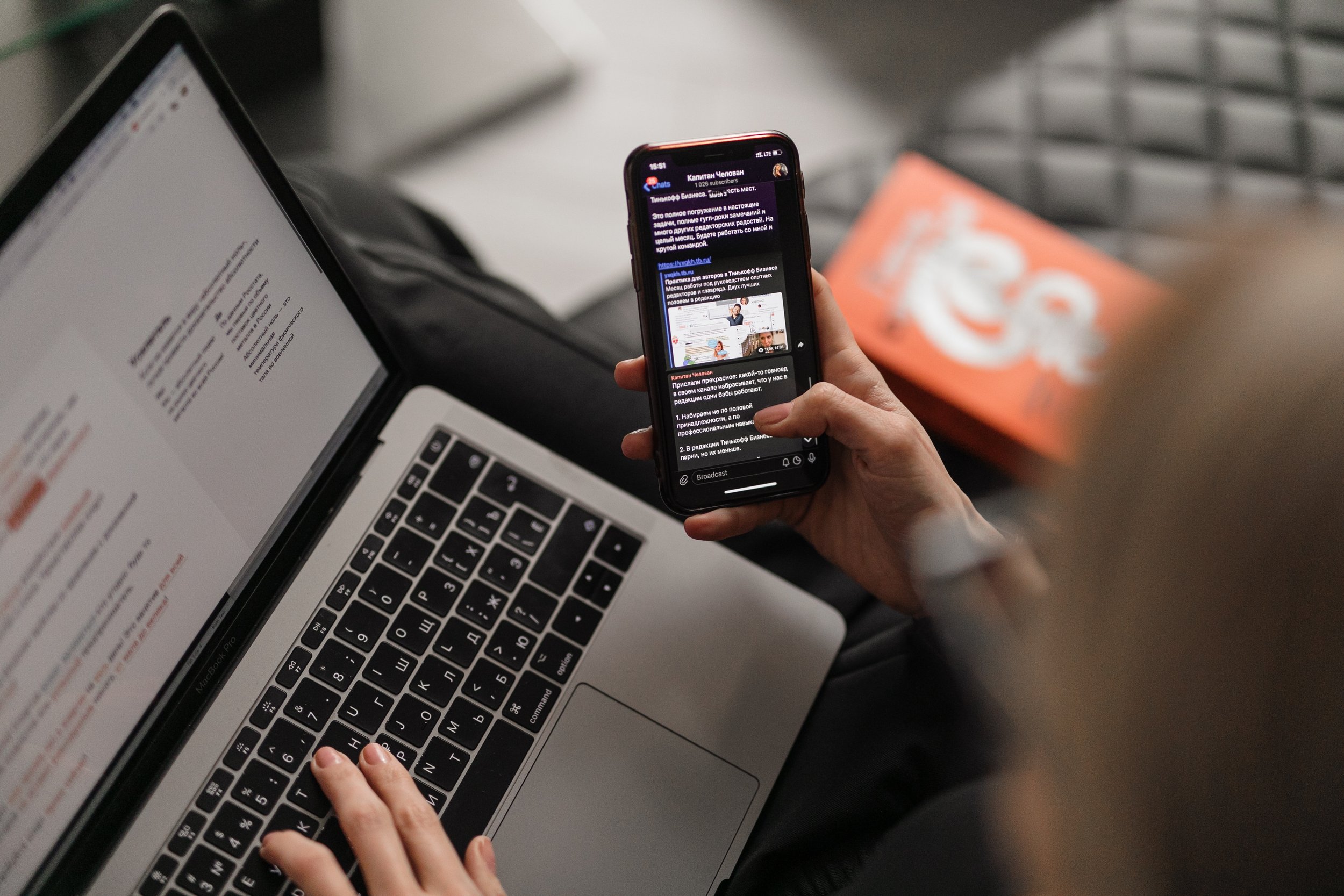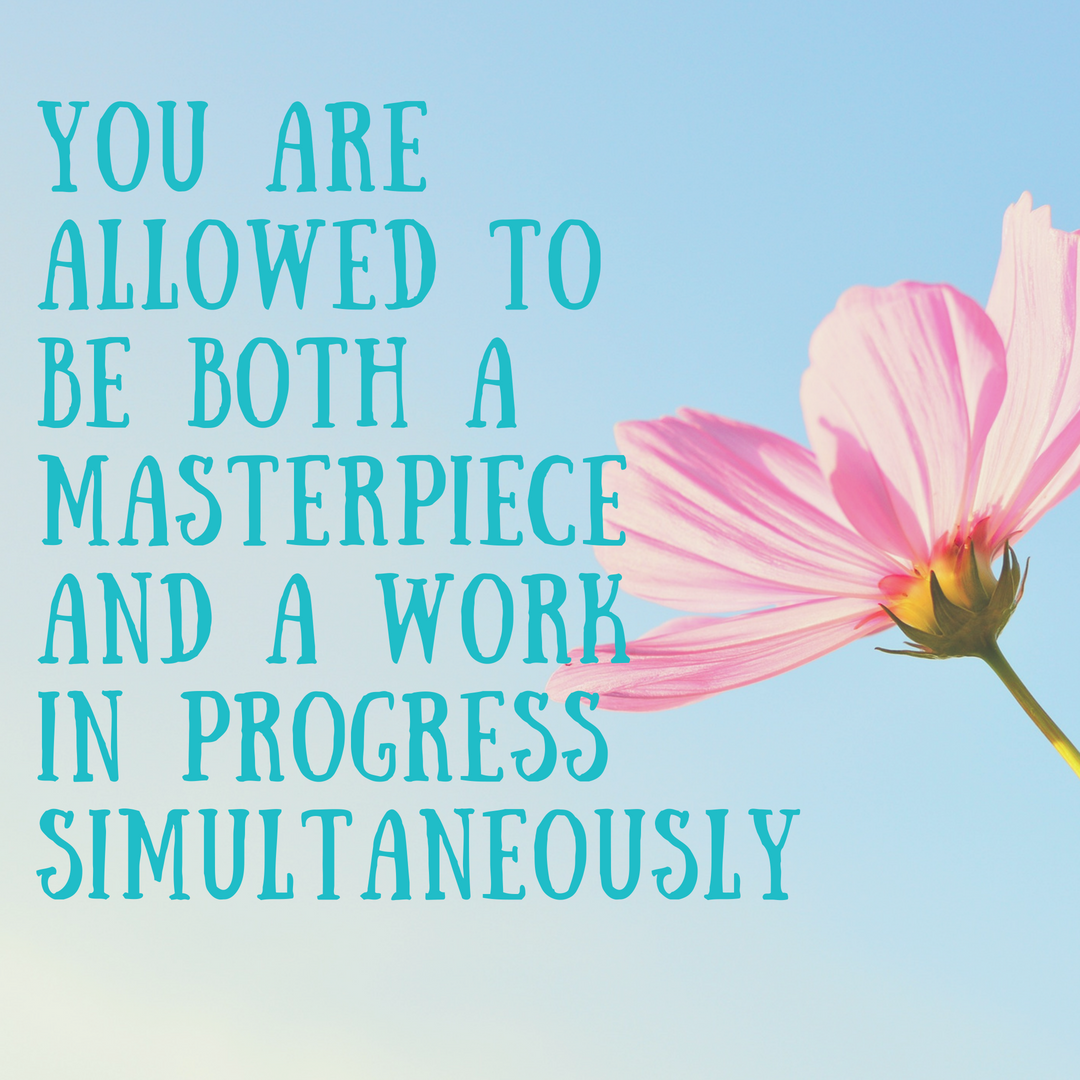The skill of equanimity is one of remaining calm, even tempered and composed, regardless of what’s happening around us. It’s the cool head in the heat of the moment and helps us cultivate patience. Something critical to navigating these times of uncertainty but also critical for leaders.
The person in room with the most control is generally the one with the lowest heart rate. When you’re in control of yourself you don’t need to control others.
I love combining my decade of leadership with my decade of study with Buddhist monks and nuns. I believe we can learn a lot from ancient traditions and as I weave this ancient eastern wisdom into the western people psychology my career in HR taught me this is the skill that has had the biggest impact.
Equanimity is the mental state of being calm and centred, even in the face of challenging circumstances. It helps us regulate our emotions, navigate life and excel in leadership.
I was chatting to Dr Ashley Bloomfield at a recent speaker event at our speaking agency. We were talking about the importance of calm and how it promotes trust. I said to him “During those pandemic briefings on TV it didn’t really matter what you were saying we all believed you and felt like you had it covered, you delivered it with such calmness you appeared in control and competent” I meant it as a compliment!
It’s true though when a leader is flustered or angry we feel uneasy, it seeps into the team and yet when they present calmly we trust they have it in hand.
This has rung true for me during some of the toughest times in my leadership journey. Being told a staff member had died by suicide and having to drop everything to go to a meeting room where their team and manager had gathered. Not only to speak to them but to arrange the logistics of support and communication across the business. To bring the rest of the staff together to announce the news and manage the subsequent aftermath. What many said to me during those times has been; ‘you were so calm’. Often our calm can be contagious, it puts others at ease when we enter a room, before we’ve even said a word.
It also allows us to operate from a place of grounded clarity. Our brains change in fight or flight and when we’re stressed or worried we don’t perform as well. We can’t because our bodies decide to focus on the physiological stuff that’ll keep us alive not how well we can articulate the brief.
I like to think of it like the ocean. Each day, depending on the weather the surface can be different, sometimes the waves are high and it’s quite rough. It’s impacted by whatever the weather is doing and yet below the surface the water is always still, quiet and calm. We get a sense of this when diving or snorkelling.
It's a core aspect of zen traditions whether that’s in marital arts or meditation and something I’ve learned from my time with Buddhist monks and nuns. Many hours of meditation is spent understanding and experiencing that uncomfortable things can happen and yet inside we can remain equanimous. It’s often not what happens to us but our reaction to it.
Building equanimity can help leaders to handle difficult situations with greater ease and respond with wisdom, instead of reactivity. From my book LeaderZEN, here are some steps to help build equanimity:
1. Practice mindfulness: Mindfulness meditation is a powerful tool for building equanimity. It helps us become more aware of our thoughts and emotions and to cultivate a sense of detachment from them.
2. Cultivate gratitude: Focusing on the things we’re grateful for can help to shift the mind away from negative thoughts and emotions and cultivate a sense of composure.
3. Develop emotional intelligence: Understanding our own emotions and those of others can help us manage them more effectively and respond with greater wisdom and compassion.
4. Practice self-compassion: Treating ourselves with kindness and compassion, instead of harsh self-criticism, can help to build emotional resilience.
5. Engage in physical activity: Regular physical activity can help to reduce stress, improve mood, and promote a sense of well-being, which can contribute to building equanimity.
6. Surround yourself with positive influences: positive people and experiences can help us foster a positive outlook on life and promote emotional stability.
7. Embrace uncertainty: Embracing uncertainty and practicing acceptance can help to build equanimity, as we learn to let go of our attachment to outcomes we can’t control and focus on the present moment.
Find out more about my new programme, LeaderZEN and book of the same name here























